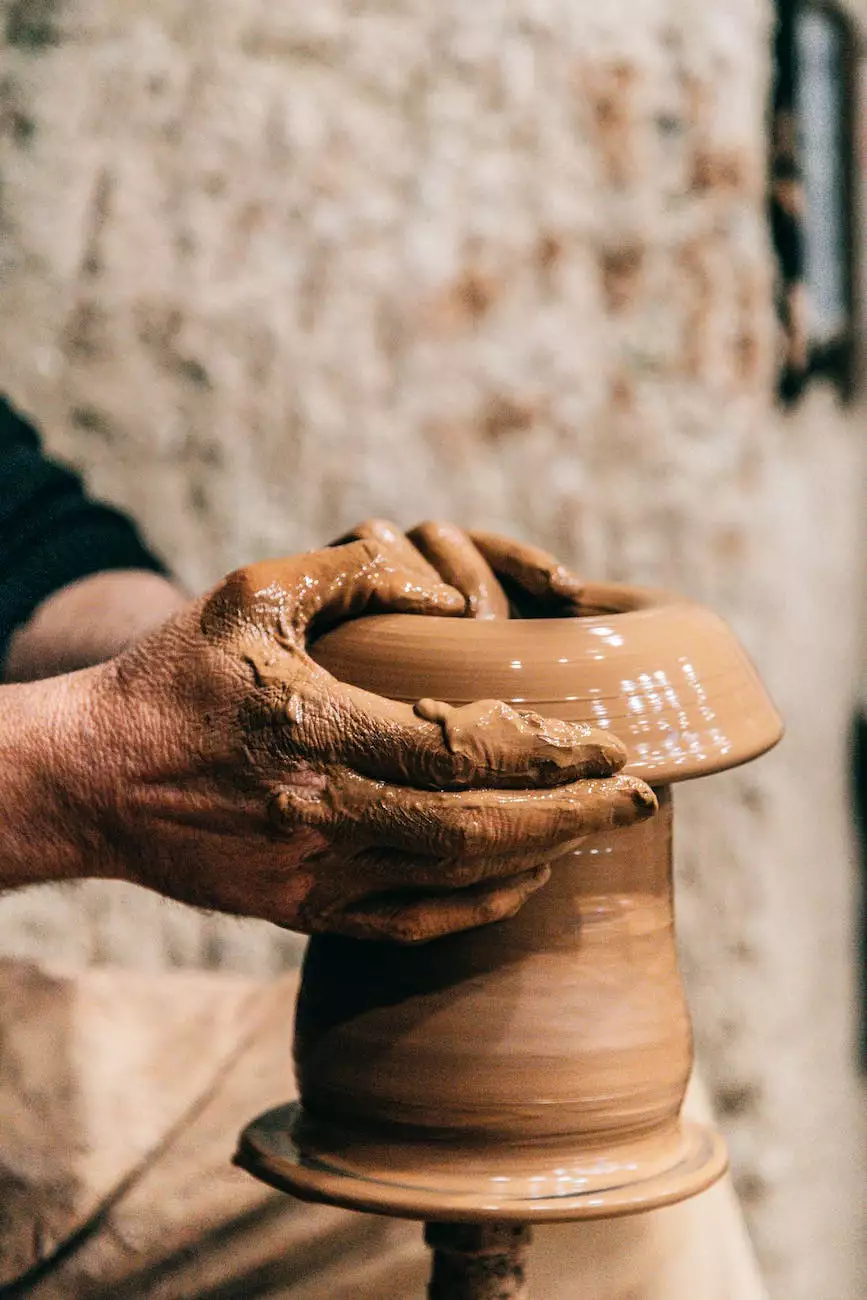A Guide To Wall Shear Stress Measurement
Blog
Introduction
Welcome to the comprehensive guide on wall shear stress measurement techniques in the field of plastic molding. At Plastic Molding Pros, we understand the significance of accurately measuring wall shear stress and its impact on the overall quality of plastic products. In this guide, we will delve into the intricacies of wall shear stress measurement, its importance in the industry, and the various methods employed to ensure precise measurement.
Understanding Wall Shear Stress
Wall shear stress is a critical parameter used in the assessment of flow behavior and quality control in plastic molding processes. It refers to the force per unit area acting parallel to the surface boundary of a fluid flow. In the context of plastic molding, wall shear stress plays a crucial role in determining the material flow characteristics, mold filling behavior, and overall moldability of the plastic.
The Significance of Wall Shear Stress in Plastic Molding
Accurate measurement of wall shear stress holds immense importance in the plastic molding industry. It helps in identifying and addressing potential quality issues, optimizing process parameters, and ensuring consistent part quality. Understanding the wall shear stress distribution across the mold surface aids in the prevention of defects such as flow lines, weld lines, or sink marks, ultimately leading to improved product performance and aesthetics.
Methods for Wall Shear Stress Measurement
1. Pressure-Sensitive Film Technique
The pressure-sensitive film technique is a widely used method for measuring wall shear stress in plastic molding. This technique involves applying a thin, flexible film to the surface of the mold cavity, which changes its color depending on the exerted pressure. By analyzing the color variations, the wall shear stress distribution can be determined, enabling accurate assessment and optimization of the molding process.
2. Laser Doppler Anemometry (LDA)
Laser Doppler Anemometry is another advanced technique employed to measure wall shear stress in plastic molding. It utilizes laser beams to analyze the velocity distribution of the fluid flow. By measuring the velocity at different points near the mold wall, the wall shear stress can be accurately calculated. LDA provides high-resolution data, making it an ideal method for detailed analysis.
3. Computational Fluid Dynamics (CFD)
Computational Fluid Dynamics is a numerical simulation method used to model and analyze fluid flow phenomena. It enables the prediction of wall shear stress by solving Navier-Stokes equations, taking into account factors such as temperature, pressure, and material properties. CFD allows for extensive parametric analysis and optimization, making it a powerful tool in wall shear stress measurement.
Conclusion
In conclusion, measuring wall shear stress is a critical aspect of ensuring high-quality plastic molded products. Plastic Molding Pros recognizes the significance of accurate wall shear stress measurement in the manufacturing process. This comprehensive guide has provided an overview of wall shear stress, its importance, and various measurement techniques such as the pressure-sensitive film technique, Laser Doppler Anemometry, and Computational Fluid Dynamics. By implementing these methods, businesses can optimize their plastic molding processes, mitigate defects, and enhance overall product quality.




